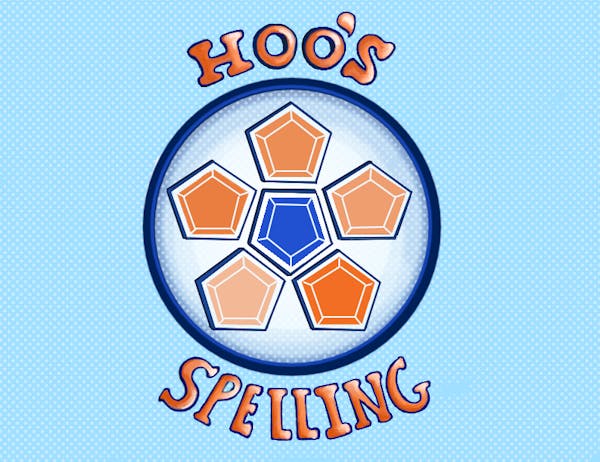Instead of spending their spring breaks relaxing on a beach, many University students spent their weeks volunteering throughout the country and abroad as part of Alternative Spring Break.
Started in 1992, ASB is a student-run organization with the original purpose of conducting service projects during spring break as an alternative to the normal college experience.
ASB now breaks away from a one-week commitment and emphasizes a year-round experience where participants learn to become leaders in their community and make a meaningful impact, according to its website.
“We get people interested in not only helping the community but devoting their time to the community after our trips are completed,” third-year Commerce student and ASB site leader Conner Healy said. “The goal is to show them that this is something you could do for the other 51 weeks and not just one week out of the year.”
Second-year College student Care Shoaibi said ASB trips are a great way for students to easily get involved in service.
“I think a lot of college students want to give back in some way, but sometimes they don't know how, or maybe don't have the time, or something along those lines. And I really think ASB is a wonderful solution,” Shoaibi said.
Shoaibi participated in an ASB trip in New Orleans this year with the St. Bernard's Project, which assists with post-Hurricane Katrina reconstruction and recovery efforts.
In addition to the spring break trips, ASB hosts Alternative Fall Break, a program which helps local Charlottesville organizations over the four-day weekend.
Each year, ASB choses its sites based on a variety of factors and vary in what their goals are to achieve in their set community. Trips are decided a year in advance and are chosen in one of three ways, third-year College student and ASB President John Connolly said.
“The first is where we go back to sites that we like and have a relationship with,” Connolly said. “The second is where site leaders have a relationship with a non-profit and they will connect us with that organization. The third is where nonprofits occasionally reach out to ASB and ask that we send them volunteers.”
Third-year Batten student Adam Ghazzawi said trip leaders are responsible for planning the trip, from coordinating with nonprofits to organizing housing.
This year, Ghazzawi and his co-site leader, third-year College student Helen Phillips, organized their trip to Austin, Texas.
“You get a lot of freedom with how you plan your trip, so we decided to work with five organizations over five days and kind of just get a taste of what it’s like to work in these different types of environments over the course of one week,” Ghazzawi said.
ASB currently offers 34 programs with eight to 10 site workers for each site. Students interested in participating submit applications during the fall semester. When completing the application, students rank their top five trip choices.
The number of applications often exceeds the number of available spots, Connolly said.
“We are constantly seeking to expand our trip offerings in order to open the ASB experience to more students,” Connolly said.
ASB’s popularity stems from student’s desire to volunteer in a reasonable way for college students, Shoaibi said.
“Students want to participate because, in addition to participating in meaningful service, you get to travel to a cool place and become genuinely close friends with other U.Va. students — students whom you probably wouldn't cross paths with otherwise,” Shoaibi said.







